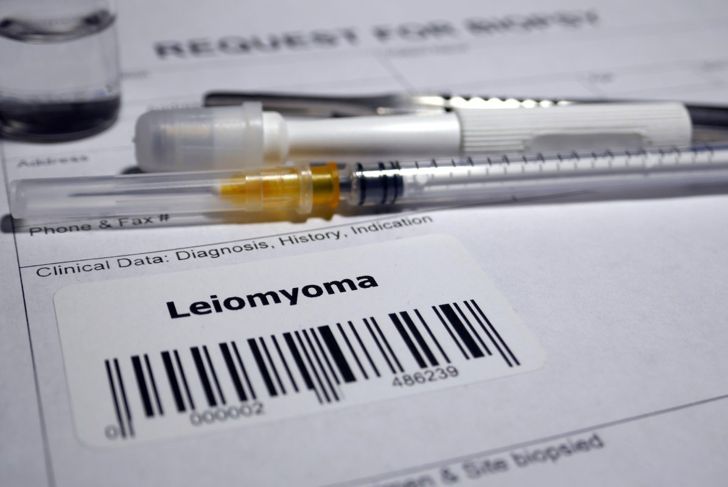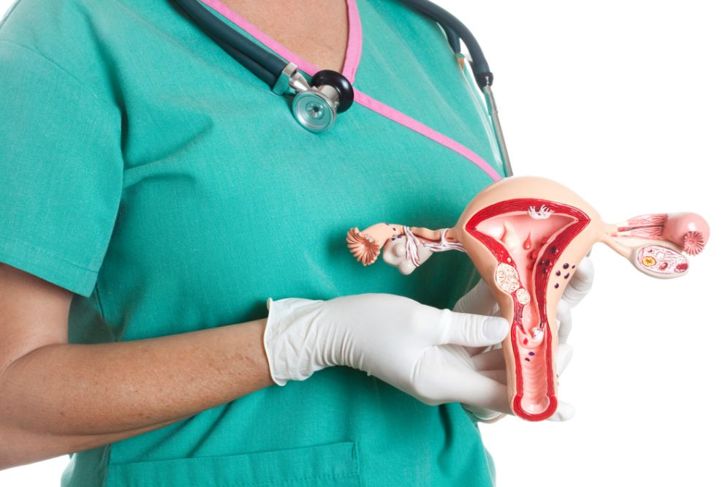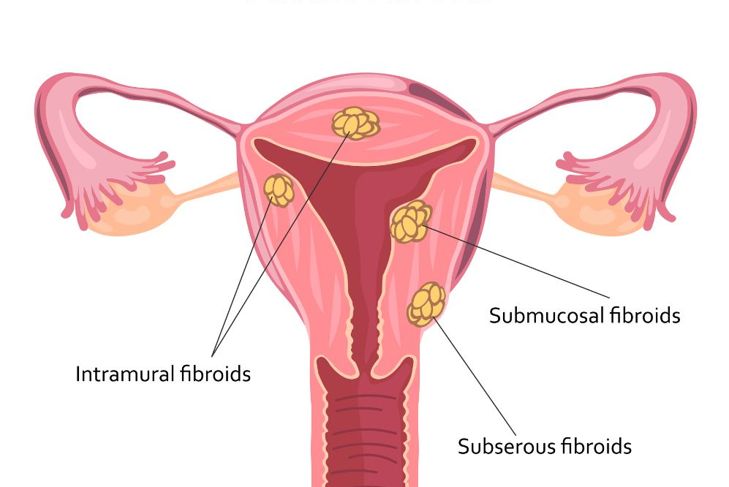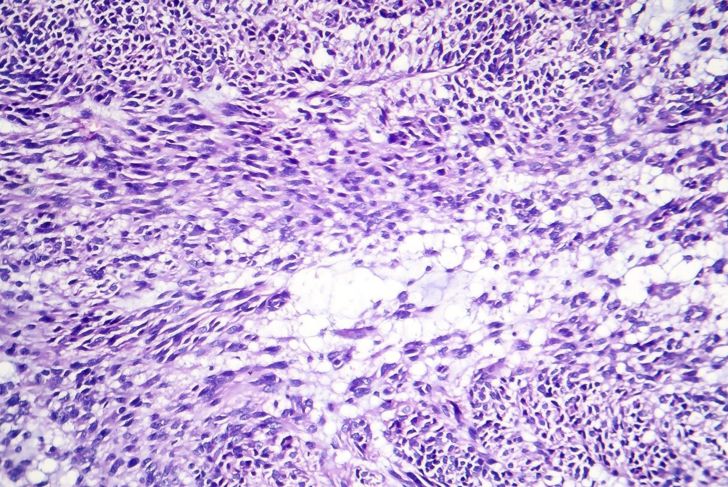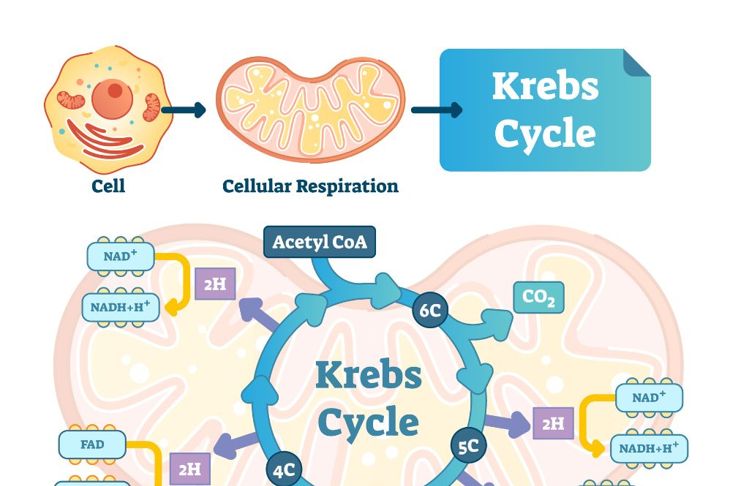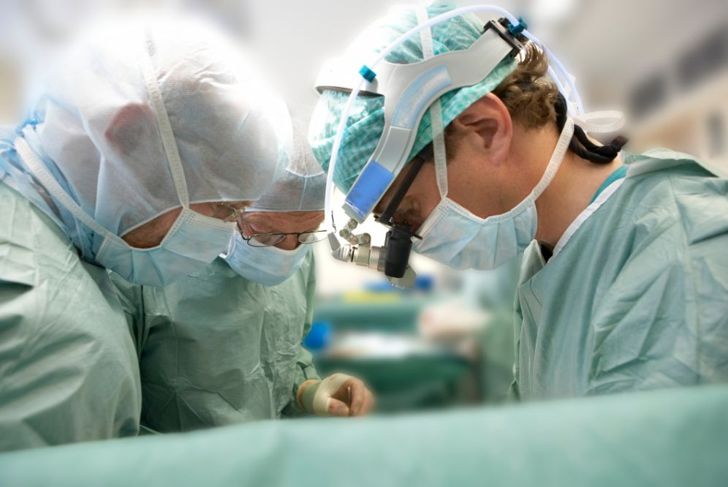Leiomyomas are unusual tumors that can occur anywhere in the body, even on the most vital organs. They range in size from smaller than a pimple to as large as a grapefruit. Because they tend to be slow in causing symptoms and are relatively rare, experts still have a lot to learn about how each of the subtypes develop and how to deal with them when they do.
Types of Leiomyomas
Also known as fibroids, leiomyomas are masses in smooth muscle tissue that can cause health issues, depending on their location. While most are benign, approximately 0.23 percent become cancerous. There are many subtypes within three clinically distinct classifications: piloleiomyoma, angioleiomyoma, and genital leiomyoma.
Piloleiomyoma
The arrector pili, hair folicle muscles, can develop benign skin tumors called pilar leiomyomas or piloleiomyomas. These are dark-colored growths on the torso, face, or legs that may appear alone or as pimple-like clusters similar in appearance to a severe contact dermatitis rash. Piloleiomyomas most often affect people between the ages of 20 and 40, though they can occur earlier if they are associated with a genetic syndrome. The growths are particularly sensitive to cold and all types of friction.
Angioleiomyoma
The tunica media is the middle layer of the blood vessels; it has the highest concentration of smooth muscle to help with contraction and dilation. Angioleiomyoma is a rare type of vascular leiomyoma that typically develop between 30 to 50 years of age. Doctors classify them as solid, venous, or cavernous. The majority of the cases affect the legs, but they can also develop in the arms and face. Because they grow in the middle of the vessel, more than half of angioleiomyomas cause pain and poor blood supply.
Uterine Lipoleiomyoma
Uterine fibroids are lipoleiomyomas, a combination of smooth muscle and fat that occur in as many as 70% of women. The tumors range from barely detectable to large enough to visibly distort. Many women have no symptoms, but those who do can experience painful periods, pelvic discomfort, back and leg pain, and frequent urination. The level of pain depends on where the growth is located; if the tumor is pressing against a nerve or blood vessel, the pain can be severe.
Uterine Fibroids Types
There are three types of uterine fibroids, classified by location. Submucous myomas develop inside the uterine cavity. They are usually responsible for severe cramping and heavy bleeding during and between periods. Intramural myomas grow in the uterine wall and can be as large as 2.5 inches in diameter. Subserous myomas grow outside of the uterine wall but are connected to the uterus by a stem called a pedunculated fibroid. While these often go untreated without a problem, the stem can twist and cause pain.
Dartoic Leiomyomas
Cutaneous leiomyomas, those affecting the skin, account for 5% of all cases, and the dartoic leiomyoma subtype is even rarer. These tumors grow on the areola or nipple, vulva, or on the smooth muscle of the tunica dartos, which regulates testicular temperature. There are fewer than 30 cases reported in the available research. While most are benign and may become irritating over time, some are linked to hereditary leiomyomatosis and renal cell cancer.
Familial Leiomyoma
Also known as hereditary leiomyomatosis and renal cell cancer, HLRCC, familial leiomyoma is a disorder that starts with the mutation of the FH gene. This mutation interferes with the Krebs cycle, the process through which cells use carbs and fat from the diet to generate energy. This inability to use oxygen properly creates an environment conducive to the formation of leiomyomas and renal cell cancer. People with this condition see increases in the size and number of piloleiomyomas eventually, and women may also develop larger uterine fibroids at younger ages.
Benign Metastatic Leiomyoma
Benign metastasizing leiomyomas, BMLs, are lesions that typically affect the lungs and unusual locations, such as the heart, lymph nodes, and bones. This condition usually starts as uterine fibroids in women before spreading. BMLs don’t normally have symptoms, and doctors often discover them by accident. However, they can be life-threatening, depending on their size and location. Some tumors have estrogen and progesterone receptors, meaning that hormone treatments can control them.
Diagnosis
Diagnosing leiomyomas means first ruling out a significant list of possible diseases that have similar presentations, such as keloids or leiomyosarcoma, a rare, malignant type of intestinal leiomyoma. In addition to physical examination, doctors may need to order higher-level diagnostic tests, including ultrasounds and MRIs.
Varying Treatment Options
While there are some standard protocols, doctors often develop leiomyoma treatment plans on a case-by-case basis. With uterine fibroids, the most well-known type, many studies demonstrate that myectomies — surgical removal of the growths — are the preferred treatment option. For especially severe cases, doctors may decide on a hysterectomy. Widely distributed piloleiomyomas can be improved by reducing exposure to cold temperatures, but if they are fewer or painful, removal is necessary. Research suggests that some oral medications, such as high concentrations of vitamin D3 or histamine-based drugs, may shrink certain types of leiomyomas.

 Home
Home Health
Health Diet & Nutrition
Diet & Nutrition Living Well
Living Well More
More